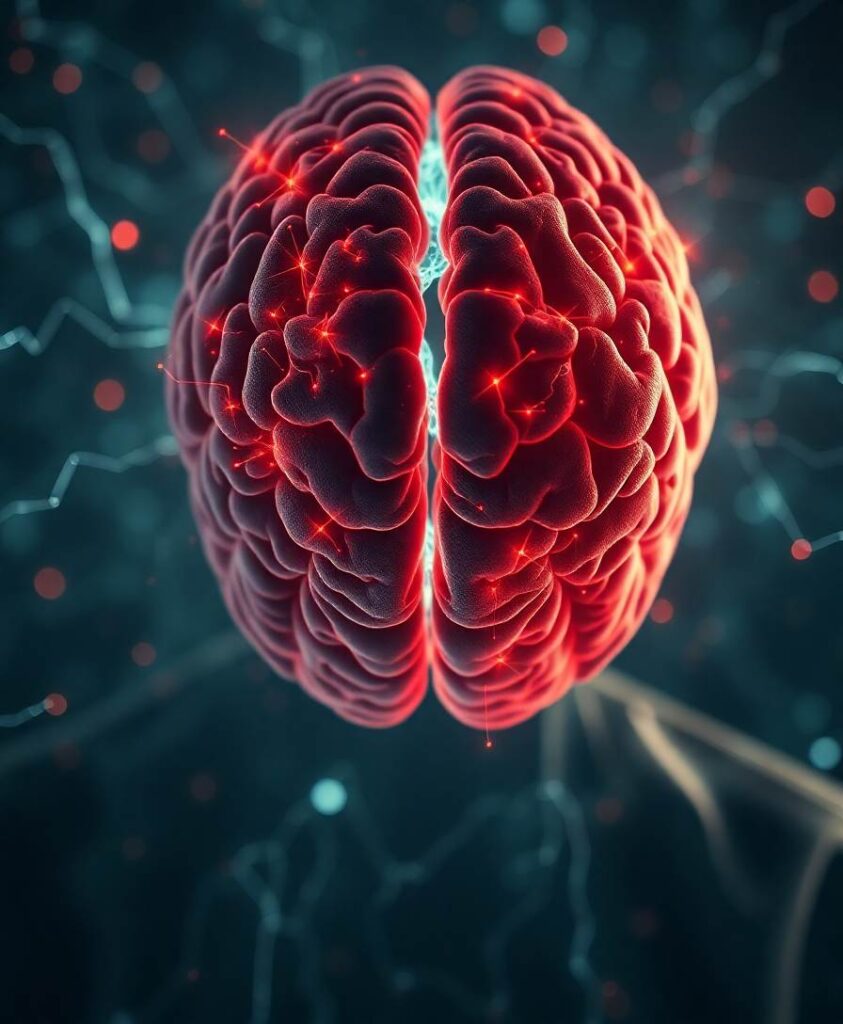IntroductionRecently, interest has emerged in subjective cognitive decline (SCD) as a potential precursor to Alzheimer’s disease (AD) dementia. Whether individuals with SCD harbor brain alterations in midlife, when AD-related pathology begins, is yet to be elucidated. Furthermore, the role of apolipoprotein ε4 (APOE ε4) allele, a robust AD risk factor, in the relationship between SCD and brain alterations is unknown. We examined whether APOE genotype modulates the association of SCD with brain measures in individuals at high AD risk.MethodsMiddle-aged adults with parental history of AD dementia underwent magnetic resonance imaging (MRI) and the Memory Functioning Questionnaire. Regression analysis tested the extent to which SCD was associated with activation during an functional MRI (fMRI) working-memory task, and white-matter microstructure. APOE ε4 genotype was tested as a moderator.ResultsAmong APOE ε4 carriers, but not among non-carriers, SCD was associated with higher activation in the anterior cingulate (p = 0.003), inferior, middle, and superior frontal cortices (p = 0.041, p = 0.048, p = 0.037, respectively); and with lower fractional anisotropy in the uncinate fasciculus (p = 0.002), adjusting for age, sex, and education.ConclusionIn middle aged, cognitively normal individuals at high AD risk, higher SCD was associated with greater brain alterations possibly reflecting incipient AD pathology. When accompanied by a family history of AD and an APOE ε4 allele, SCD may have important clinical value, allowing a window for early intervention and for participants’ stratification in AD prevention clinical trials.

